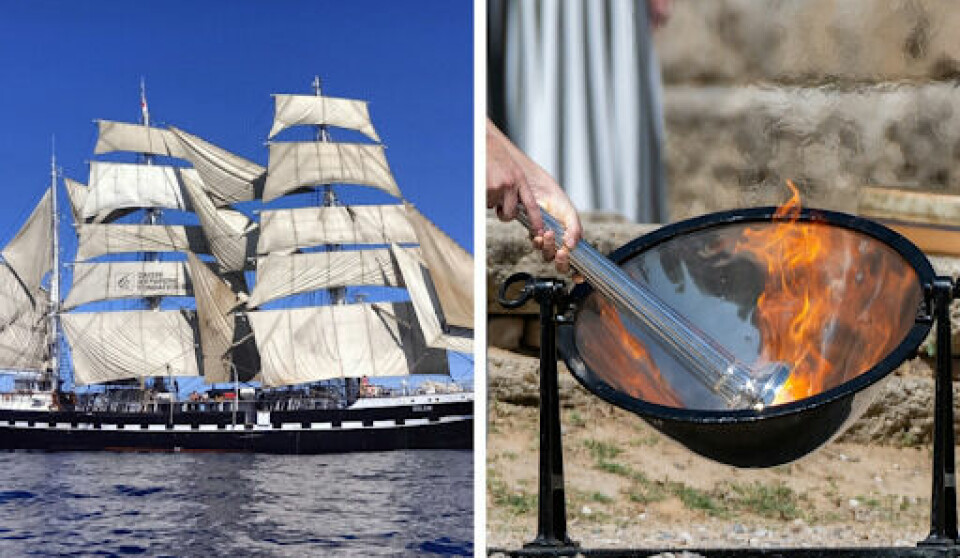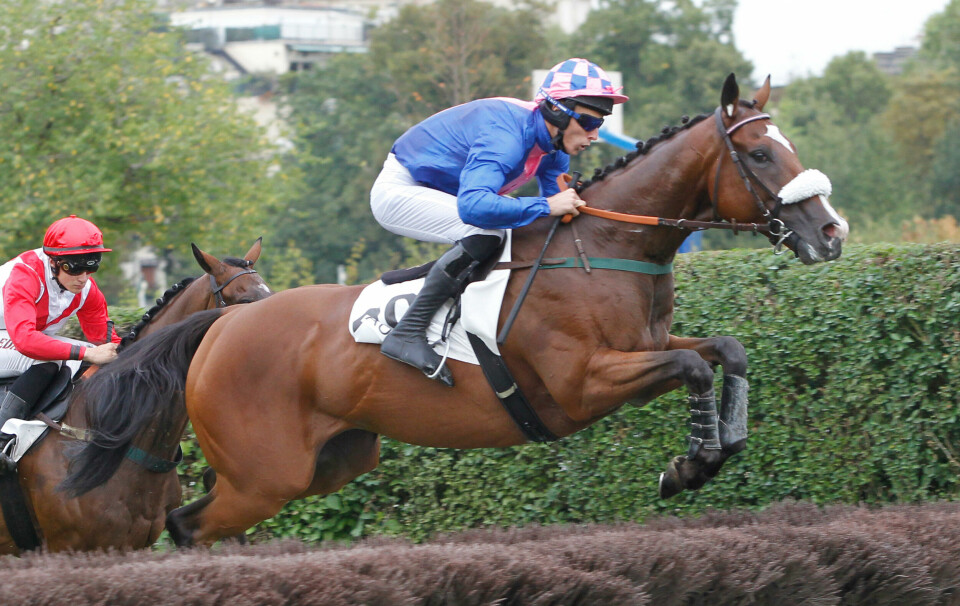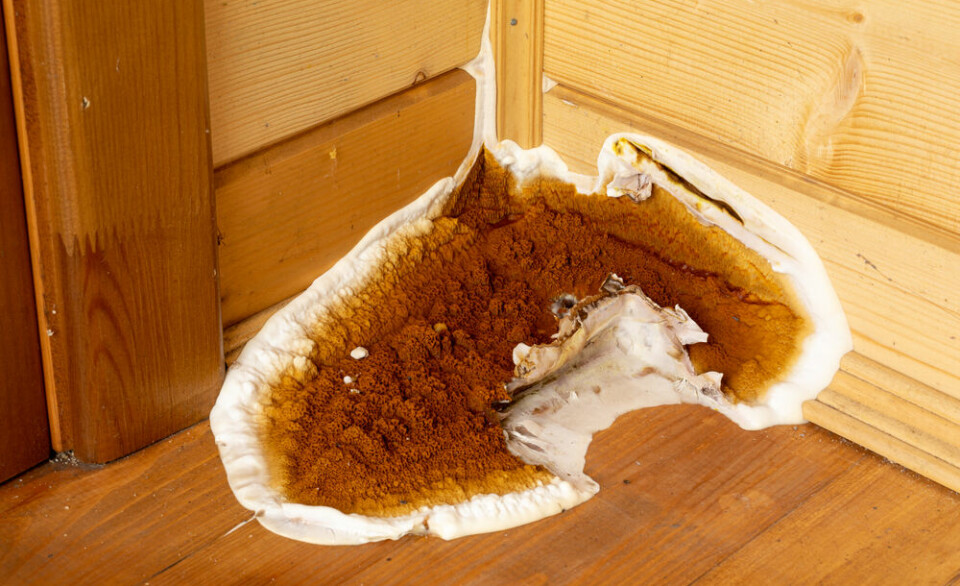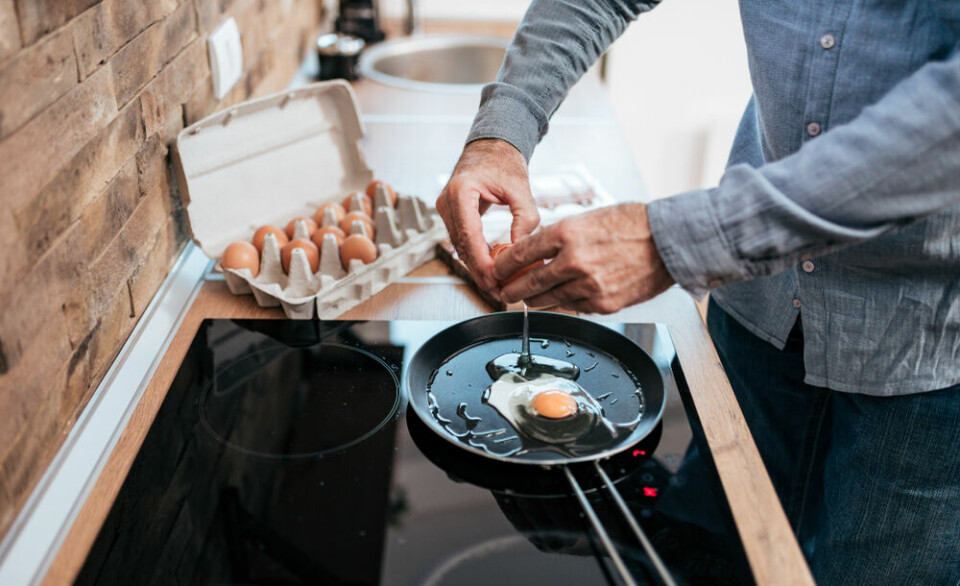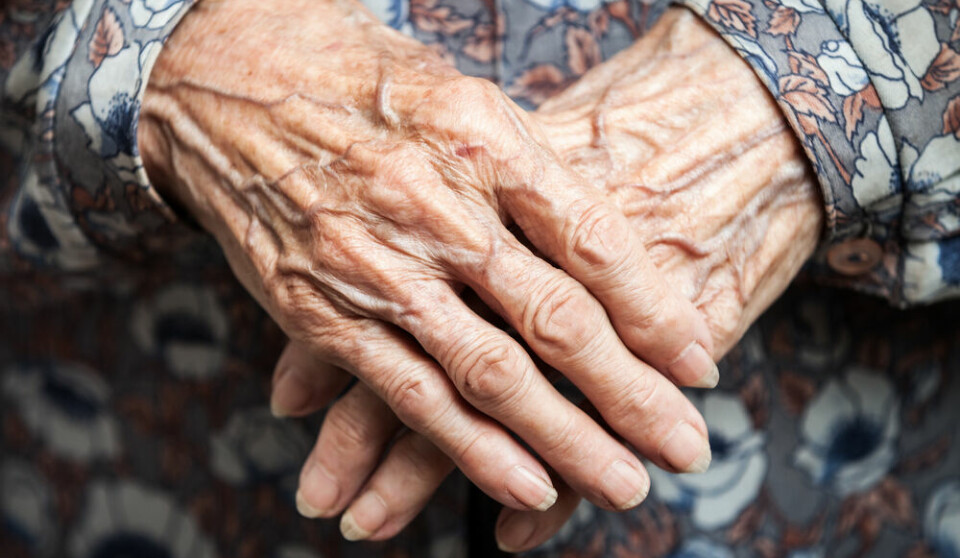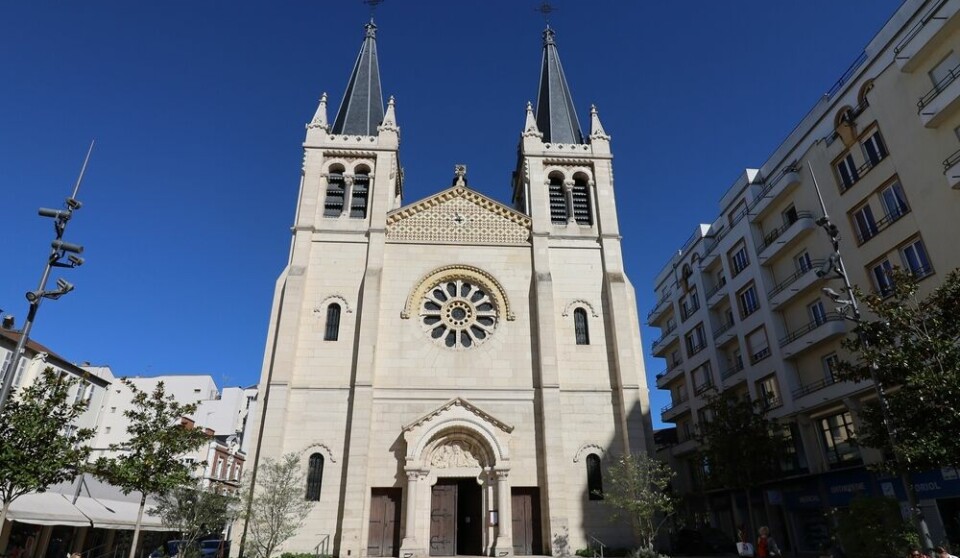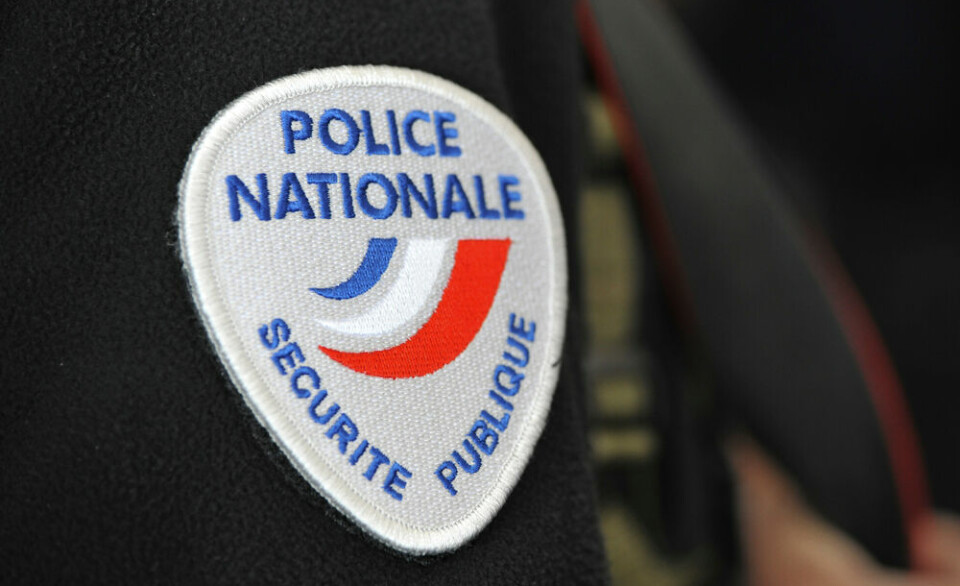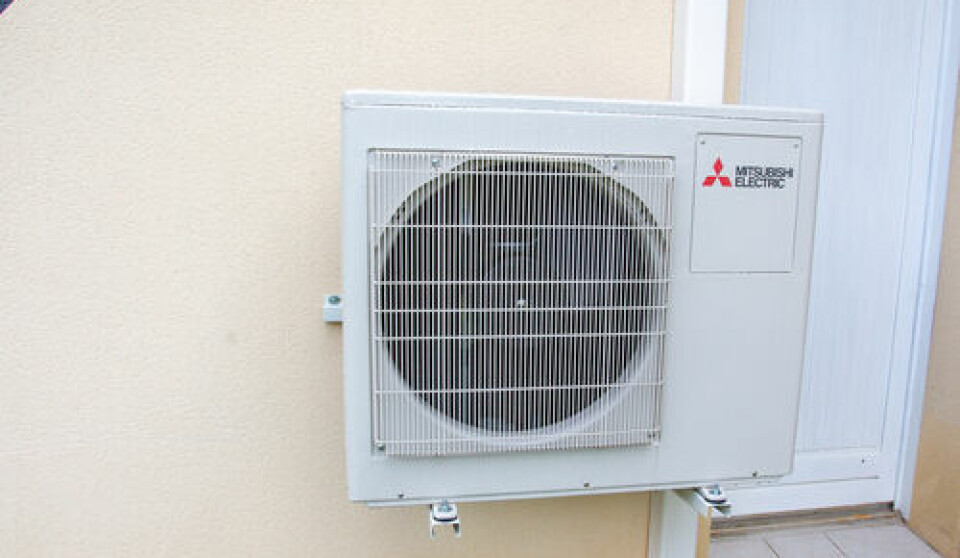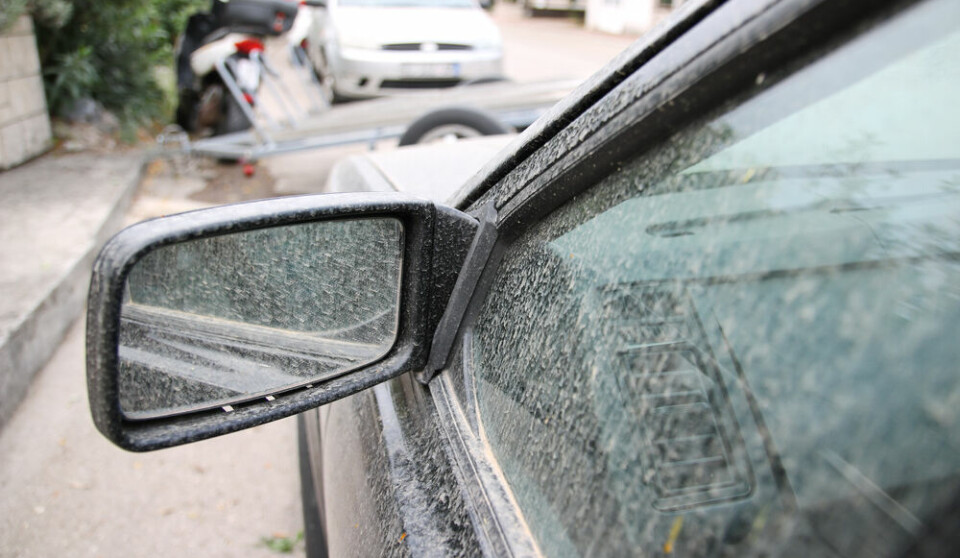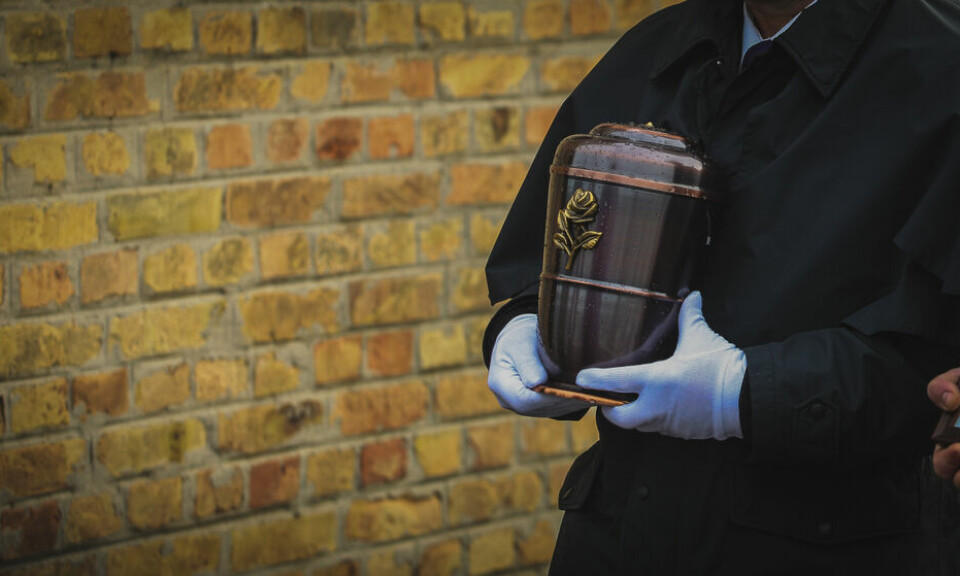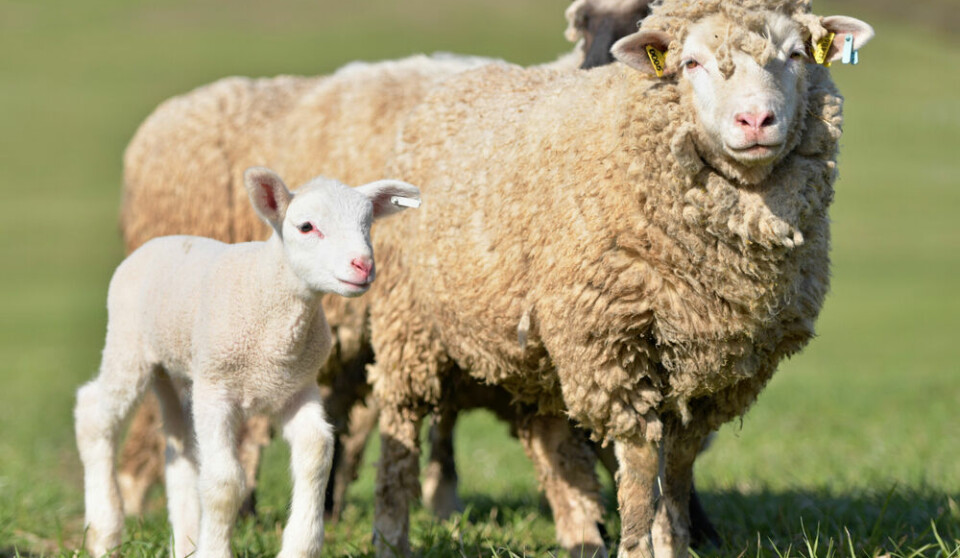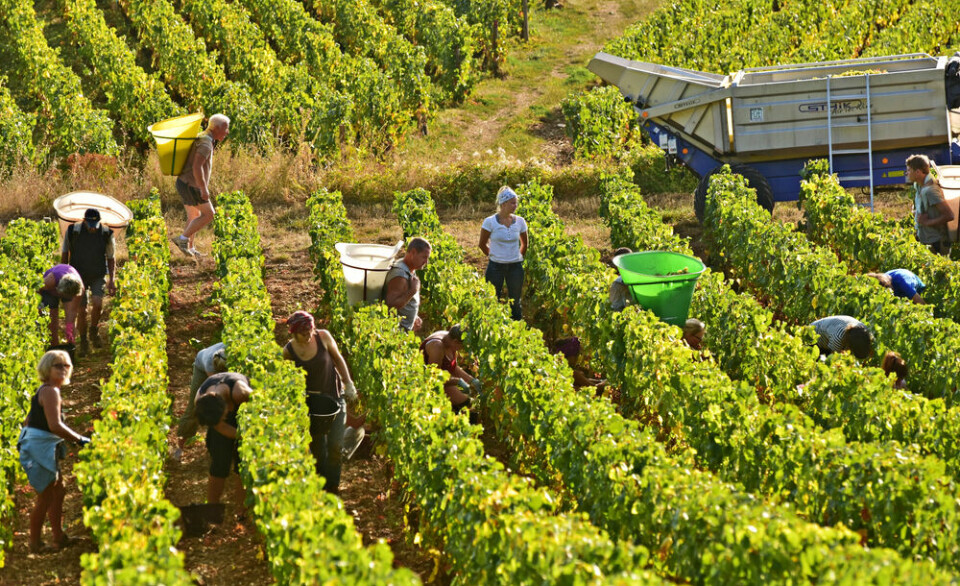-
PHOTOS: Olympic Flame to travel to France on beautiful historic ship
The 127-year-old ship sets sail on Saturday with ‘the most important passenger it has ever carried’
-
Phone scams, gardening, insurance claims: 5 French practical updates
Our roundup of recent practical articles you may have missed
-
Picnic in Paris? Chance to join huge meal on Champs-Elysees
The event could even be record-breaking. You can now apply for your chance to take part
Save the heavy horses with gentle touch
One of France’s oldest heavy horse breeds, the Poitevin, could soon be back at work if breeder Florent Chevreau succeeds in encouraging more people, and especially mairies, to use them.

The compact Poitevin was on the verge of dying out when tractors replaced it on farms and there are only around 300 breeding mares left in the world.
Mr Chevreau publicised their plight in the summer when he and his son led a transhumance walk from his Saint-Jean-de-Liversay farm in Charente-Maritime to grazing in Courçon d’Aunis a few kilometres away.
Since getting his first Poitevin in 1995 he has become one of their largest breeders and now has 20 and says more people need to use them for heavy work including driving and ploughing.
“They are currently being used to pull rubbish collection carts on Ile de Ré beaches and other mairies use them for collecting rubbish in their villages, or to replace the school bus. I’d like to see everyone encouraging their mairies to use heavy horses again.
“Horses bring people together, create social links, and they’re ecologically-friendly too!”
Poitevins also make great riding horses. “Their patience makes them ideal for beginners and for heavier mounts like me!
“They can also be driven, and having a little horse and cart to drive about at the weekends is the ideal hobby!”
Also known as Mulassiers, they come from around Poitiers and have been known since the 10th century; although some people say they are descended from the horses drawn on the cave walls at Lascaux. The mares were often bred with donkeys to produce mules, hence the alternative name, but this has been all but abandoned to save the breed and the Haras Nationaux has a breeding plan in place to avoid bloodline problems.
The smallest of France’s draft horse breeds, their size and placid outlook makes them well-suited to animal therapy and mediation.
Mr Chevreau said: “I love their affectionate and patient temperaments. I gave one to my son when he was born as they are ideal for children, and now he breeds them too.”
Poitevins come in colours including black and grey. “Mine are all sorts, but I love the buckskin best with dark heads, feet and manes and pale dun bodies.”



